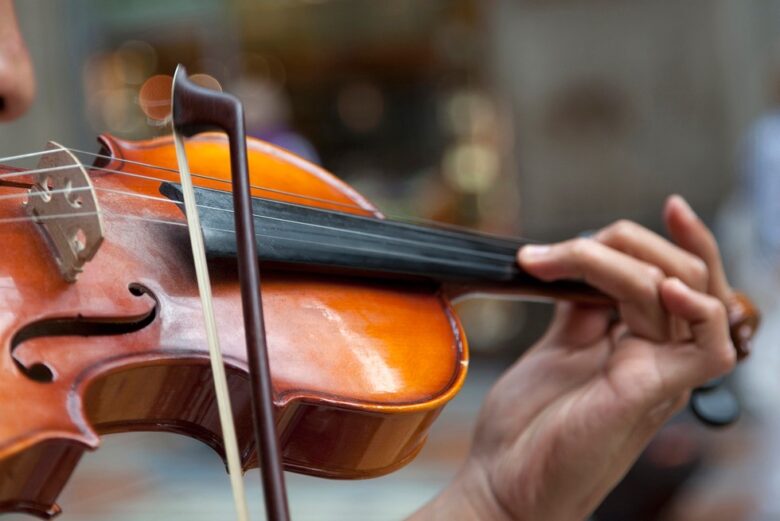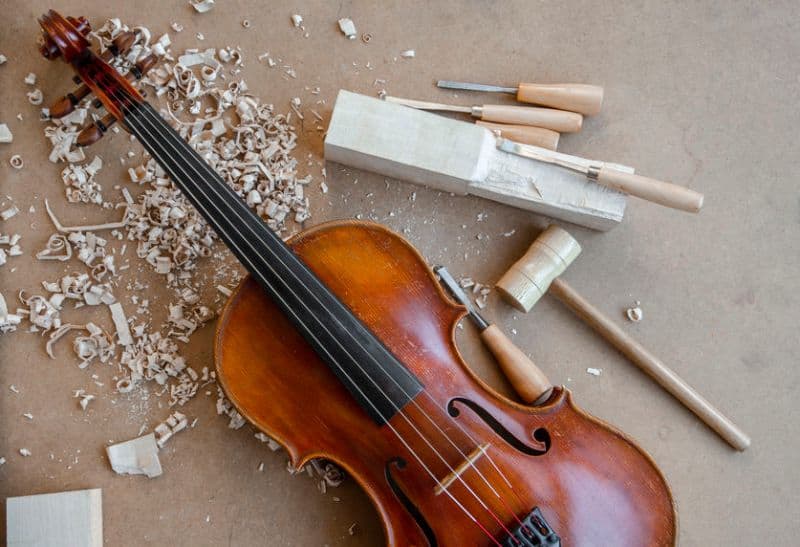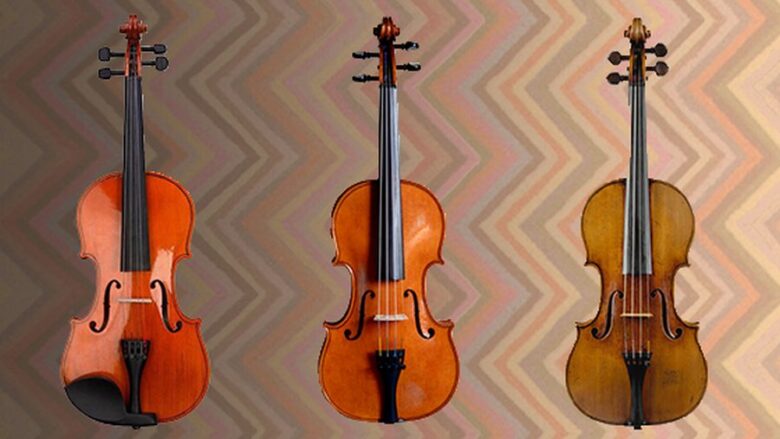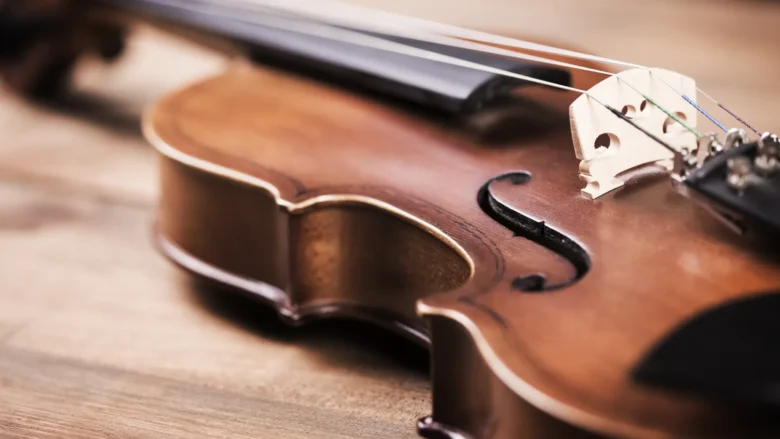Violin has a rich history and is one of the masterpieces in the world of classical music. This enchanting instrument is celebrated not only for its impeccable craftsmanship and extraordinary tonal quality but also for the countless virtuosos who have wielded its power to stir the depths of human emotion. Before the advent of modern violins, there existed the timeless classics, revered by luthiers and violinists alike.
These venerable instruments have etched their indelible mark on the annals of music history, captivating audiences and leaving an enduring legacy. Today, we embark on a journey to explore the exquisite characteristics that define these legendary violins, unrivaled in their ability to set the standard for unparalleled quality and artistic expression.
History of Violin Craftsmanship and its Enduring Legacy

Source: pinterest.com
The historical significance of violin craftsmanship is immense, and its enduring legacy continues to shape the world of music and instrument-making. Many musicians used violins during the Baroque and Classical eras to express themselves, which has become the violin’s enduring legacy. These eras were pivotal in establishing the violin as an integral part of classical music, with composers like Vivaldi, Bach, and Mozart composing masterpieces that showcased the instrument’s versatility and emotional range.
Two of the most revered luthiers during this transformative period were Antonio Stradivari and Guarneri del Gesù, who flourished in the 17th and 18th centuries. Their extraordinary craftsmanship elevated the violin to unprecedented heights, setting the gold standard for tonal excellence and artistic precision. Musicians and luthiers alike marveled at the resonance, clarity, and warmth of their instruments, each violin carrying its unique character and history.
The legacy of Stradivari and Guarneri extends beyond their lifetime, as their violins continue to be cherished treasures sought after by virtuoso musicians and collectors worldwide. These exquisite instruments not only embody the pinnacle of craftsmanship but also serve as a bridge connecting us to the rich tapestry of musical history, reminding us of the enduring power and beauty of the violin.
The best violin’s influence on orchestral and chamber music transcends time, weaving a harmonious thread through the tapestry of classical compositions. Even in the contemporary musical landscape, this instrument remains an indispensable pillar, serving as both the heart and soul of ensemble performances. Its enduring presence in orchestras and chamber groups echoes its rich history and unmatched capacity to convey emotions.
The legacy of the violin extends far beyond its technical prowess; it has become an enduring symbol of classical music itself. Its graceful curves and resonant melodies evoke the essence of this timeless genre, drawing audiences into a world of beauty, passion, and transcendence. The violin’s prominence in the masterworks of luminaries like Mozart, Beethoven, and Brahms solidifies its irreplaceable role in the classical canon, where it has, for centuries, enraptured listeners and inspired generations of musicians to explore the depths of human expression through its strings.
Importance of Selecting High-quality Tonewoods in Crafting Exceptional Violins

Source: youtube.com
Expert luthiers are incredibly discerning when it comes to selecting tonewoods for crafting violins. Their choice often revolves around spruce for the soundboard and maple for the sides and back, and this preference is not arbitrary.
Spruce is favored for its exceptional ability to vibrate and resonate with great efficiency, producing a bright and articulate tone that carries well in various musical settings. On the other hand, maple’s role is equally vital, contributing to a violin’s sound projection, warmth, and depth, thereby enhancing its overall tonal palette. These tonewoods are prized for their unique acoustic properties, making them the cornerstone of quality violin craftsmanship.
Moreover, luthiers are keen on selecting tonewoods with significant aging potential. As the wood matures and settles with time, it can undergo transformative changes, enriching the instrument’s tone and timbre. This aging process is one of the reasons why vintage violins crafted from exceptional tonewoods are highly sought after, as they possess a depth and resonance that only history and careful craftsmanship can impart. In essence, the choice of tonewoods is a harmonious blend of science and artistry, ensuring that each violin is not just an instrument but a living testament to the passage of time and the enduring craftsmanship of luthiers.
Top 3 Violins Among Musicians, Collectors, and Investors

Source: pinterest.com
There are lots of violins out there that have gained popularity. However, these are the top three highly coveted violins among musicians, collectors, and investors.
-
Stradivarius Violins
Investors and collectors alike seek after the exceptional workmanship and outstanding tonal characteristics found in violins created by Antonio Stradivari, affectionately dubbed as ‘strads.’ Among the most famous Stradivarius violins are The Lady Blunt, Messiah, and Molitor, coveted for their remarkable craftsmanship and impressive sound qualities.
-
Guarneri del Gesù Violins
Like Strad violins, Guarneri Gesù Violins also have powerful instruments that collectors love. It includes Lord Wilton, Kreisler, and Cannone. These violins are known for their passionate and powerful sound and deep, resonant tone.
-
Amati Violins
The last one on our list is the Armati violin. It came from the Amati family in the 16th and 17th centuries. These violins are famous for their elegance and historical significance since they’re one of the earliest violins. It’s not widely known like the previous two violins but still, collectors love this set, and the best violin to consider.
Conclusion

Source: freepik.com
In today’s diverse landscape of violin brands, it’s crucial to look beyond a name and scrutinize craftsmanship, particularly the choice of materials, especially the wood, as it profoundly influences an instrument’s quality and tonal characteristics. To make an informed decision, seeking guidance from a knowledgeable luthier or an experienced individual in the realm of instruments can be invaluable. Their expertise can help you navigate the intricate world of violins, ensuring that you select an instrument that resonates with your musical aspirations.
Furthermore, exploring the instrument’s history and the reputation of the maker can provide valuable context for your choice. Understanding the provenance and craftsmanship techniques used by renowned luthiers can deepen your appreciation for the instrument you select. Remember that each violin carries a unique story, and by delving into these details, you can forge a deeper connection with your chosen instrument, enriching your musical journey.
